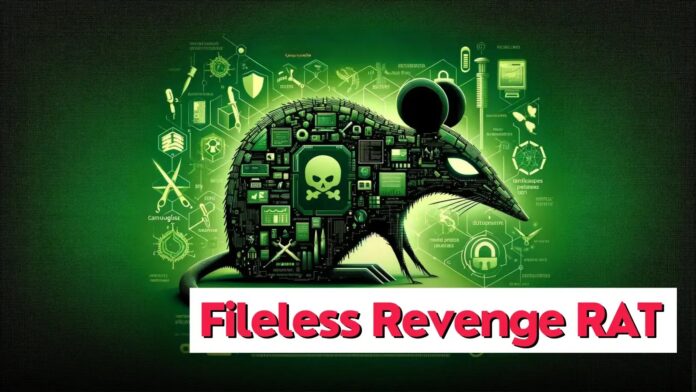[ad_1]
Threat actors are distributing Revenge RAT malware, developed using legitimate tools like “smtp-validator” and “Email to SMS.”
When executed, the malware runs a malicious file and a legitimate tool, making it difficult for users to know there is malicious activity.
Moreover, threat actors have also created a setup.exe file that is executed and hidden before the execution of smtp-verifier.exe. In addition, several files are used in this Revenge RAT malware execution process.
Live attack simulation Webinar demonstrates various ways in which account takeover can happen and practices to protect your websites and APIs against ATO attacks.
According to the reports shared with Cyber Security News, the malicious file “setup.exe” is used for generating additional malware by creating and running svchost.exe in the %appdata%Microsoft\Windows\Templates path with a hidden attribute.
After this, the svchost.exe file is registered in the autorun registry by the setup.exe file with the value “Microsoft Corporation Security.” The svchost.exe file connects to the C2 server and downloads the HTML file, which is then decompressed.
The downloaded HTML file creates and runs the explorer.exe file in the %appdata%Microsoft\Windows\Templates path. There were 2 C2 servers mentioned as an alternate solution in case the first C2 server URL was blocked or when a new C2 was updated.
This new explorer.exe file creates another file with the name version.exe in the %appdata%Microsoft\Windows\ path and a .inf file in the %temp% path. This version.exe file is executed with an argument to cmstp.exe (CMSTP defense evasion). Finally, the Revenge RAT is run as fileless malware.
To further prevent disruption of the malware activity, version.exe is designed to run a PowerShell command that adds the files used by the Revenge RAT malware as an exception list in the Windows Defender.
ASEC provides detailed information on the malware, source code, file execution, etc.
Indicators of Compromise
File Detection
- Trojan/Win.Generic.C4223332
- Trojan/Win.Generic.C5583117
- Dropper/Win.Generic.C5445718
- Dropper/Win.Generic.R634030
- Backdoor/Win.REVENGERAT.C5582863
- Backdoor/Win.REVENGERAT.R634026
MD5
- 42779ab18cf6367e7b91e621646237d1 (smtp-verifier.exe)
- fb34fe9591ea3074f048feb5b515eb61 (Email To Sms V8.1.exe)
- 6d5ad2adce366350200958c37f08a994 (setup.exe)
- 914ec5019485543bb2ec8edcacd662a7 (setup.exe)
- 5e24e97bbc8354e13ee3ab70da2f3af6 (svchost.exe)
- 1242c41211464efab297bfa6c374223e (svchost.exe)
- 438817d3938ae5758d94bf2022a44505 (explorer.exe)
- 304e264473717fad8f7c6970212eaaa7 (version.exe)
- d1af87e121d55230353cbad9b7024fae (Fileless RevengeRAT)
- 6e22b450a765caa999ca984521b42242 (g1rfp0hb.inf)
C&C
- qcpanel.hackcrack[.]io:9561
Stay updated on Cybersecurity news, Whitepapers, and Infographics. Follow us on LinkedIn & Twitter.
[ad_2]
Source link
